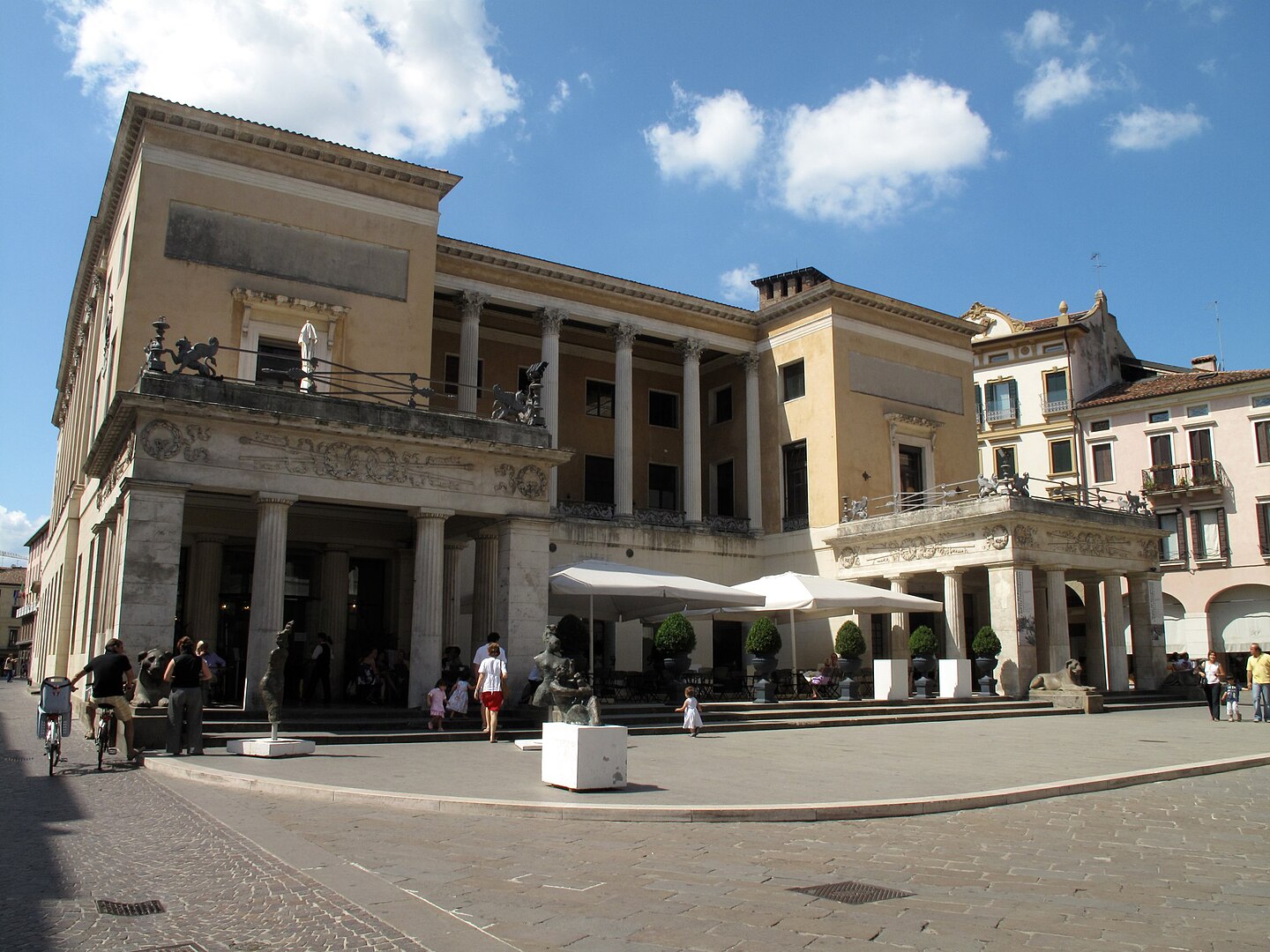On 8th February 1848, the streets of Padua became the site of an uprising against Austrian rule, as students and ordinary citizens fought side by side in a bid to challenge the occupying forces.
The rebellion, part of a broader wave of insurrections sweeping across Italy that year, saw clashes between Paduans and Austrian troops, with the University of Padua and the iconic Caffè Pedrocchi at the heart of the struggle.
The events of 8 February are commemorated today in Padua by Via VIII Febbraio, named after the day when Austrian soldiers confronted students and townspeople in open battle. At the time, Padua was under Austrian control, a situation resented by many locals who viewed the foreign rulers as oppressive and overbearing. Revolutionary ideals, championed by figures such as Giuseppe Mazzini and Camillo Benso di Cavour, had begun to take root, particularly among students and intellectuals who dreamed of a united Italy free from foreign domination.
The Spark of Rebellion
The Padua uprising was preceded by secret meetings among students and professors at the University of Padua, often held in rooms at Caffè Pedrocchi, a popular gathering place for intellectuals and political thinkers. Tensions reached a boiling point when a group of insurgents stormed a local prison, freeing prisoners and rallying supporters to their cause.
As the confrontation escalated, Austrian troops responded with brute force. Paduan students and citizens, armed with makeshift weapons, faced off against heavily armed soldiers who clubbed them with rifles and opened fire. The White Room inside Caffè Pedrocchi still bears a bullet hole from that violent encounter.
The Aftermath
The rebellion was short-lived. Austrian forces quickly suppressed the uprising, resulting in numerous casualties and arrests. Many students and professors were expelled from the university, and Padua remained under Austrian control. Despite its failure, the revolt was a significant act of defiance that inspired further resistance across Italy. Some historians believe the events in Padua played a role in encouraging Charles Albert of Savoy, King of Sardinia-Piedmont, to declare war on Austria later that year.
It was not until 1866, after years of struggle, that the Veneto region was finally freed from Austrian rule and annexed into the Kingdom of Italy.





